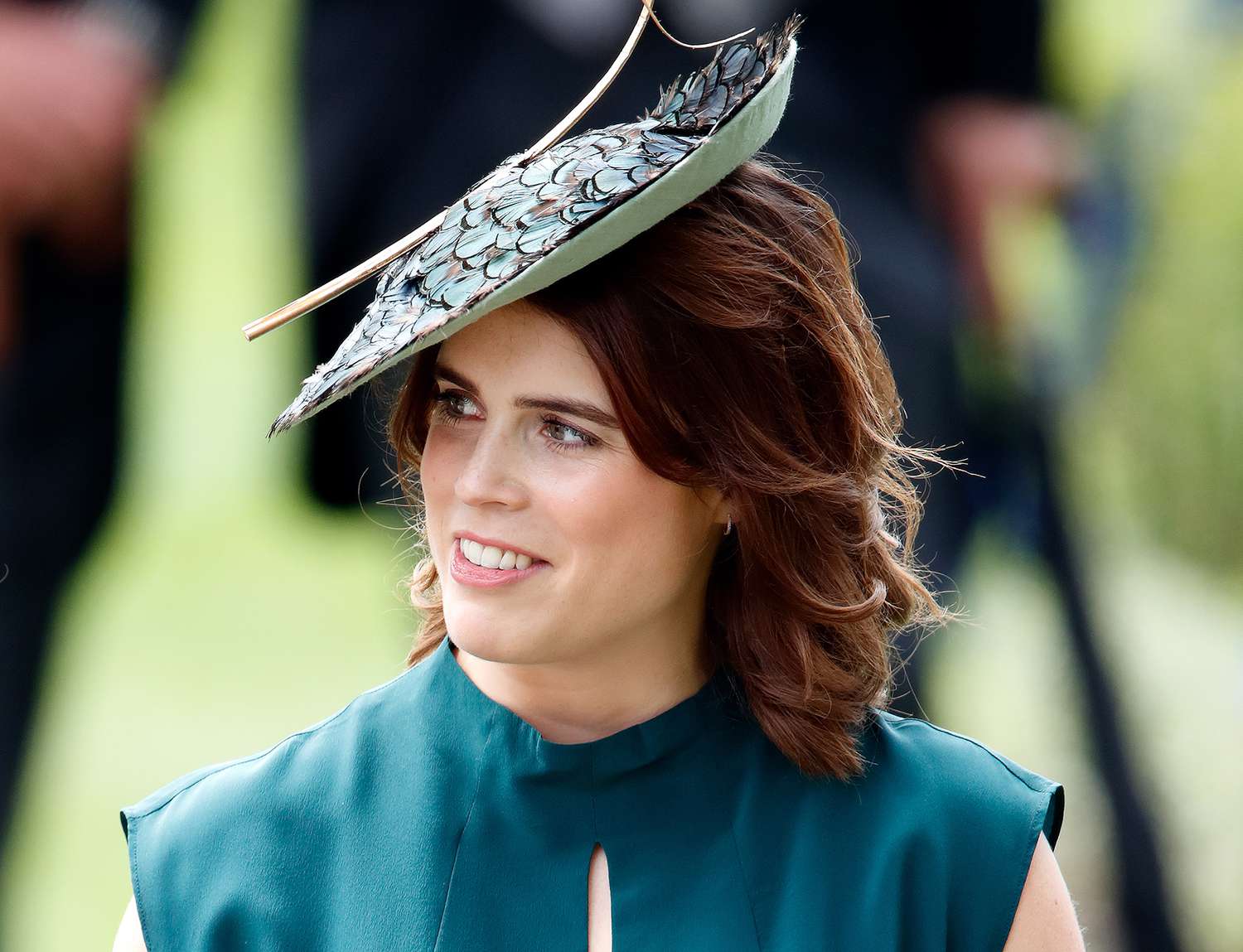
On Tuesday, Princess Eugenie shared the exciting news that she and her husband, Jack Brooksbank, had welcomed their first child, a baby boy, with a close-up photo of the new family's intertwined hands.
Buckingham Palace confirmed the baby's arrival, adding that he was "safely delivered." Eugenie's delivery, though, was likely more complicated than most new moms', as the granddaughter of Queen Elizabeth has dealt with severe scoliosis for most of her life.
Scoliosis is a common condition in which the spine develops in a curved shape, typically during the growth spurt before puberty. For most people, no invasive treatment is needed and the spine will straighten on its own or with a brace. But in severe cases like Eugenie's, surgery is the best option to correct the curve and prevent it from getting worse. Eugenie wrote in a blog post for the Royal National Orthopaedic Hospital that after she was diagnosed with scoliosis at age 12, she underwent an eight-hour surgery to insert 8-in. titanium rods on either side of her spine and 1.5-in. screws at the top of her neck.
Having that surgery 18 years ago likely meant extra planning for this year's labor and delivery. "When we have a patient with a history like this, we have them meet with the anesthesiologists before labor, to see if indeed they are candidates for epidural anesthesia," explains Dr. Mary Jane Minkin, a board-certified OB/GYN at Yale University School of Medicine and member of PEOPLE's Health Squad.
In some cases, the location of the titanium rods means that doctors are unable to give an epidural, as the rods may block the needle from being inserted in the lumbar spine, below the chest and above the sacrum, in between two vertebrae.
Patients with a history of scoliosis surgery are evaluated on a case-by-case basis, Minkin says.
"It really depends on exactly where the rods are placed in the spine," she says. "Basically, the epidural space is around the spinal cord itself, and the nerves from the spine pass through this space, out to the rest of the body. You want the numbing medicine — basically, truly fancy novocaine! — to bathe the nerves as they pass through this space out to the rest of the body. So a lot depends on exactly what the spine surgeons did operatively."
For patients who may not be able to get an epidural due to the location of their rods, they can work with doctors to determine an alternative pain management plan.
"If indeed she is not a good candidate for an epidural they will help come up with a plan for her for pain relief," Minkin says. "We can certainly use some opioid pain medications during labor."
Beyond the issue of anesthesia, childbirth — and pregnancy in general — won't cause further problems for people with scoliosis. But for those who are dealing with back pain, Minkin says the key is to strengthen the back prior to pregnancy.
"The major issue for most people isn't so much having had the back surgery itself — it's really how much back pain are they in baseline before getting pregnant. The pregnant belly just puts more pressure on the spine, sort of swinging it forward, and the more weight that a mom gains, unfortunately, the worse the discomfort can get," she says. "So if one has had back problems, the stronger the shape she can get herself into before pregnancy, the better — to strengthen her core, so she can end up with less pulling pressure from her back."
Eugenie has said that the surgery made a huge difference in her life. "I wouldn't look the way I do now; my back would be hunched over," she said. "My back problems were a huge part of my life, as they would be for any 12-year-old. Children can look at me now and know that the operation works."
Source: Read Full Article
